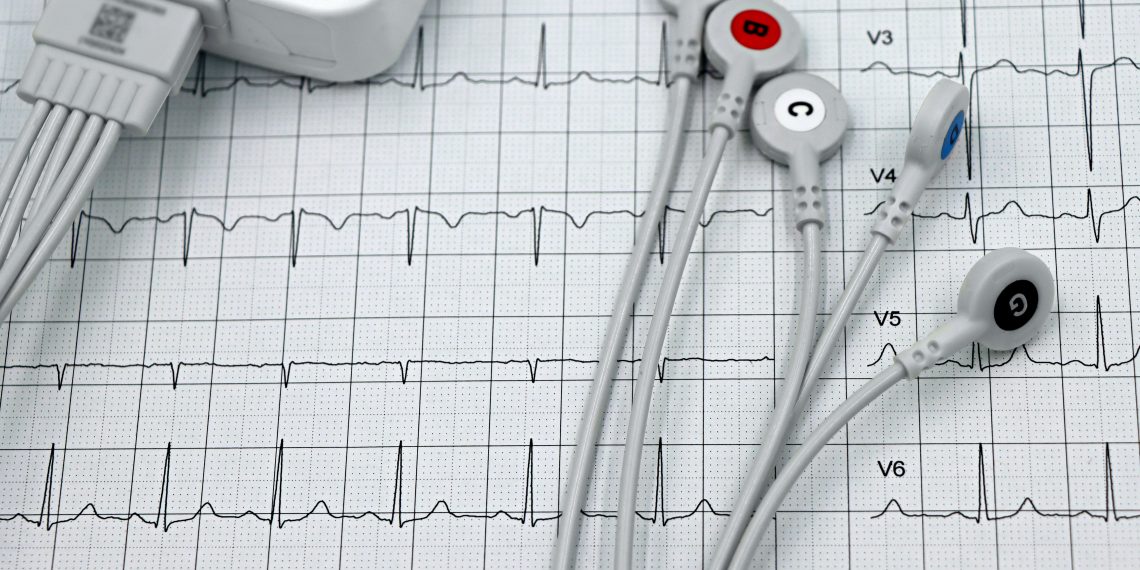Let’s imagine we are in a doctor’s office. A patient complains of a persistent cough. The healthcare professional explains that further tests are needed to confirm the diagnosis. The recommended test is a computed tomography (CT) scan. The results will confirm whether a tumour is present. Now imagine this: what if, beyond the primary diagnosis, it were possible to automatically identify signs of cardiovascular risk that might otherwise go unnoticed? This is where INESC TEC steps in with the new CardioComplete project. The Institute is developing an automatic, interactive, and explainable tool designed to complement medical reports – and help save lives.
This automatic system for the timely screening of cardiovascular findings in CT scans will provide recommendations to radiologists regarding said elements. Upon receiving the report, the doctor may decide to adjust treatment based on the information provided – which could, in the future, help reduce patient mortality and morbidity thanks to improved therapy management and risk factor analysis. INESC TEC is responsible for developing the automatic system, which will also include Artificial Intelligence (AI) tools for the automatic interpretation of imaging reports and thoracic CT scans. The Vila Nova de Gaia/Espinho local healthcare unit (ULSGE) is responsible for testing these models.
“The project’s goals include developing and validating natural language processing methods for identifying cardiovascular findings in imaging reports, computer vision methods for detecting cardiovascular findings in thoracic CT scans, and a graphical interface that integrates the AI methods for clinical use,” summarised João Manuel Pedrosa, INESC TEC researcher leading the CardioComplete project.
The motivation behind the project? Although cardiovascular diseases are the leading cause of death worldwide, cardiovascular findings are often not reported in routine CT scan reports – despite existing guidelines encouraging their inclusion.
“AI-assisted reports, as proposed by CardioComplete, will revolutionise this paradigm by providing automatic alerts during the reporting process, encouraging radiologists to include cardiovascular findings in their reports. Moreover, it will be possible to direct patients towards targeted therapy or appointments, improving cardiovascular prognosis and reducing mortality and morbidity,” explained the researcher, who sees this project as a major advance and contribution from INESC TEC in the field of biomedical engineering.
There are also significant contributions in the field of AI, as researcher Evelin Amorim explained: “AI tools are becoming increasingly present in everyday life, but their impact depends not only on performance but also on deployment and user interaction. In CardioComplete, we will explore text completion in medical reports and test its usability in a clinical setting. Having AI tools that are easy to interact with and can be inspected- in this case, through the segmentation of cardiovascular findings – introduces transparency and builds trust in AI systems, facilitating approval and setting new standards for such technologies.”
Although several computer vision methods have already been proposed for detecting coronary calcifications (the most common cardiovascular finding and a widely used marker of cardiovascular risk), detecting other findings – like those related to valves, the aorta, and morphology – allows for a more comprehensive cardiovascular screening. “This is undoubtedly one of the project’s major scientific and technological contributions,” added João Pedrosa.
But there are other advances as well: current European Portuguese-language models for the medical domain are scarce, and INESC TEC’s research represents progress in this field by proposing not only a large-scale language model for European Portuguese but also a specific entity recognition model for radiology reports. Entity recognition refers to the automatic identification of key medical terms.
“One of the main challenges in this area is the accurate recognition of entities relevant to healthcare. Moreover, most existing European Portuguese datasets focus on medical summaries or reports from specialities other than cardiovascular medicine, which makes identifying cardiovascular-specific entities particularly difficult,” explained Evelin Amorim.
According to the same researcher, vision-language models have achieved excellent results in various fields, but medical images and texts can be particularly challenging. “When reports are contradictory – for instance, when relevant findings are repeatedly unreported – the text-image alignment can be compromised, potentially ‘hiding’ existing cardiovascular findings. Exploring prototype learning (i.e., learning from reference models) within vision-language frameworks will allow focusing on significant cases where meaningful information is reported, thereby improving predictive performance. Although this new paradigm is being explored in CT scan reports, it will undoubtedly find applications in other medical and non-medical contexts,” she concluded.
With CardioComplete, one of several projects approved in 2025 under the Portuguese Foundation for Science and Technology (FCT) Exploratory Project Call, INESC TEC takes a decisive step towards enabling AI to help save lives – supporting professionals in the early detection of cardiovascular problems.
The researchers mentioned in this news piece are associated with INESC TEC



 News, current topics, curiosities and so much more about INESC TEC and its community!
News, current topics, curiosities and so much more about INESC TEC and its community!